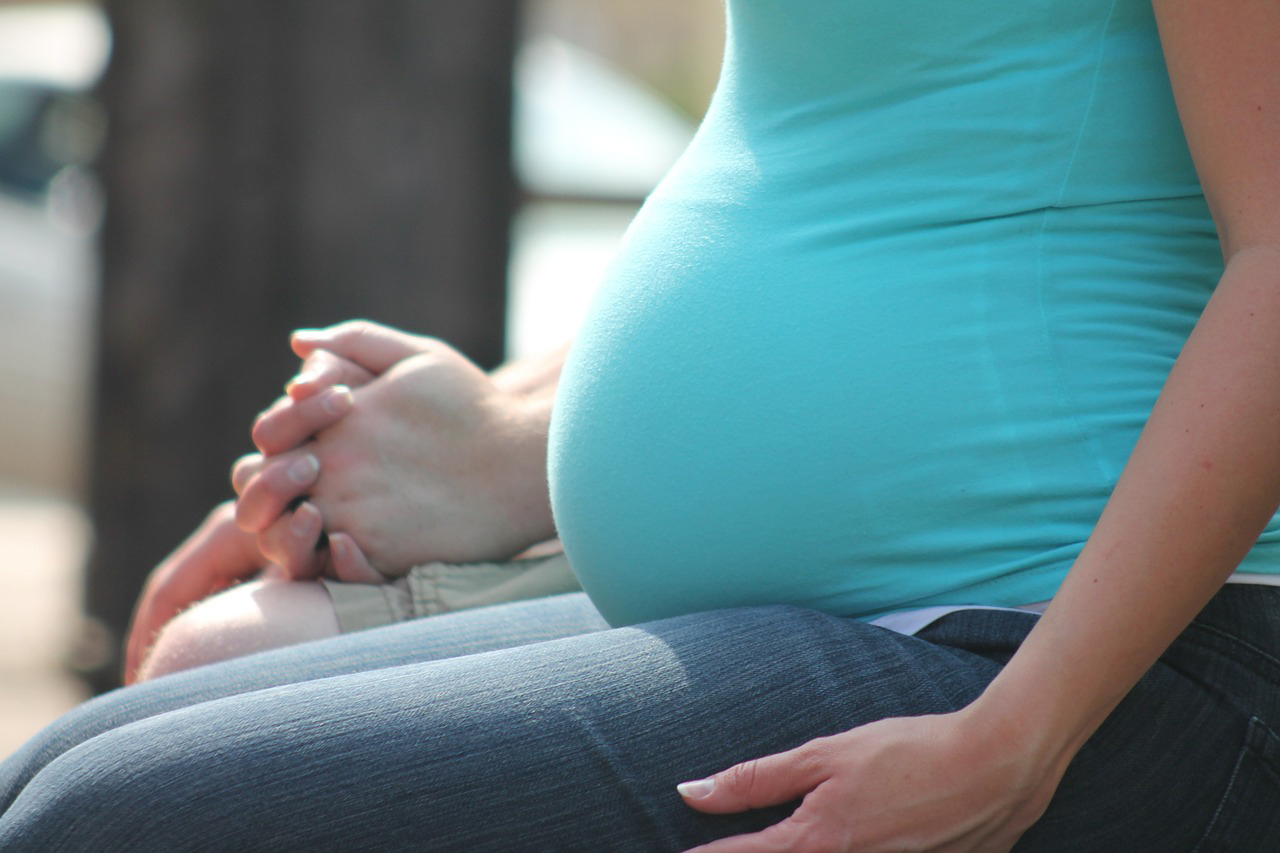
Raising the minimum wage results in lower teen birth rates, especially among white and Hispanic adolescents, a new study suggests.
Elected leaders nationwide are continually debating the benefits and consequences of raising the minimum wage in cities, states and at the federal level. Arguments often focus on how local business could be impacted and whether workers really would earn more money, considering companies might cut employees’ hours to control costs.
Scholars are examining the issue to help policymakers better understand the implications of a higher minimum wage. Much of the newest research focuses on how it may influence people’s health. A 2016 study published in the American Journal of Public Health, for example, indicates that raising the minimum wage to $15 in New York City would have prevented as many as 5,500 premature deaths between 2008 and 2012. A 2016 study from the National Bureau of Economic Research suggests a higher minimum wage is associated with higher infant birth weights and a decline in smoking during pregnancy.
A new study looks at how a higher minimum wage affects teen health.
An academic study worth reading: “The Effect of Minimum Wages on Adolescent Fertility: A Nationwide Analysis,” published in the American Journal of Public Health, 2017.
About the study: Lindsey Rose Bullinger of Indiana University’s School of Public and Environmental Affairs looks at how teen birth rates are affected by a rise in the minimum wage. She compares teen birth rates in states where the minimum wage increased to the birth rates in states where it did not. Her review spans the last quarter of 2003 through 2014.
Bullinger also examines how factors such as welfare benefits and contraceptive insurance coverage may also influence the number of women aged 15 to 19 having babies.
Key takeaways:
- A $1 increase in the minimum wage is associated with a 2 percent drop in the teen birth rate. That corresponds to approximately 5,000 fewer babies being born to teen moms in a year.
- Hispanic teens are most affected by a minimum wage increase. A $1 increase yields about 0.49 fewer births per 1,000 Hispanic teen girls, compared to 0.11 fewer births per 1,000 white, non-Hispanic teen girls.
- The birth rate for black, non-Hispanic teen girls does not appear to be impacted by a higher minimum wage. The birth rates of women aged 30 to 54 also appear to be unaffected.
- More generous welfare benefits are associated with a higher adolescent birth rate.
- Contraceptive insurance coverage is associated with lower teen birth rates.
Other resources:
- The Office of Adolescent Health, under the U.S. Department of Health & Human Services, provides a variety of reports on teen pregnancy and reproductive health.
- The U.S. Department of Labor offers state-by-state minimum wage data. In New Mexico, for example, the minimum wage is $7.50 while it’s $8.44 in New Jersey and $12.50 in the District of Columbia.
- A 2017 report from the U.S. Bureau of Labor Statistics finds that fewer teenagers are working summer jobs. In July 2016, 43.2 percent of teens ages 16 to 19 were working, down from 71.8 percent in July 1978.
- MIT’s Living Wage Calculator allows you to estimate the cost of living in a specific community, including how much you’d have to earn to support yourself and a family.
- The Fight for $15 movement — a push for higher wages and union rights — began with fast-food workers in New York City in 2012.
Related research:
- A 2017 study published in the Children and Youth Services Review, “Money Matters: Does the Minimum Wage Affect Child Maltreatment Rates?,” suggests that increasing the minimum wage leads to fewer reports of child abuse and neglect.
- Journalist’s Resource has compiled a collection of earlier research on the effects of raising hourly pay.
